Discover what makes one of Asia's most teeming cities a fun and satisfying destination for all ages.
Welcome to Manila – a sprawling Asian capital that will try your patience and captivate your imagination. It’s not the easiest place to navigate on your own, but stick to these tips and you’ll find a metropolis worth exploring, from the walled city of Intramuros to the enormous and ubiquitous shopping malls.
Though I lived in Manila for six years, I still haven’t been to every district of this city of 10 million people. It’s a place where you need a car most of the time, since the Metro-Railway Transit (MRT) doesn’t have an extensive network around greater Manila.
Most tourists stay within the confines of Makati, the commerical business district, where the good hotels, fancy malls, popular restaurants and bars are located. To see the real Manila, though, you have to move outside of this hub and explore the more historical and colorful parts of the city. It’s a trip worth taking, one that will show you how traditions of the East and West are distinct and alive in this vibrant city.
Family Fun
No trip to Manila is complete without visiting Old Manila or Intramuros. Just 15 minutes’ away from the hotels of Makati, Intramuros is a walled city steeped in history. The Philippines was under Spanish rule from the 16th century until the US took over in the late 19th century. Intramuros was originally the Spanish stronghold and area of commerce, owing to its location near Manila Bay. Remnants of this colonial rule are present in the centuries-old San Agustin church, Fort Santiago, Casa Manila (museum), cobbled walkways and Spanish restaurants set in courtyards and around a plaza. Events take place year-round at Intramuros, so ask your concierge to find out about concerts and festivals that might be going on during your visit.
While walking through Intramuros is like taking a step back in time, this experience can be even richer with the guiding hand of one man, Carlos Celdran. Celdran is a theater performer who has made a career out of his passion for Old Manila. His walking tour or Intramuros, called If These Walls Could Talk is as enlightening as it is entertaining. Decked in costume and toting a cassette stereo, Celdran regales, rhapsodizes, and raves about the bygone eras of Spanish mestizos, bedroom chamber pots, and General MacArthur. For more information about his tours, check his website.
And since you’re in the area, just cross the busy Roxas Avenue (be careful! Manila traffic can be crazy) and stroll down the boardwalk of Manila Bay. Sunsets are especially picturesque, so sit down for a coffee or a Filipino meal by one of the boardwalk kiosks and witness the colorful spectacle over the harbor. If you look towards the horizon, you might spot the island of Corregidor, where Filipino and American soldiers had their last stand agains the Japanese during the Battle of Manila. Day trips can be booked through several tour agencies -just ask your hotel to recommend one they know and trust.
If the kids are still up for more history and culture, take them to the Ayala Museum (Greenbelt Park, Ayala Center, Makati; (632) 757-7117 to 21) which is conveniently located in a mall complex. Besides exhibitions of contemporary artists, this shiny new museum features a floor filled with dioramas depicting Philippine history from the earliest settlers to World War II. The Museum Cafe next door is also a great place to sip a tropical drink (try the fresh lychee or pomelo juice) while enjoying the museum’s zen garden. Afterwards, your kids could always go crazy at the mall arcade.
Shopping
Like any commercial capital, Manila has scores of shopping malls. The only difference is that Filipinos like their malls big, as in really big. The two-year old Mall of Asia is one of the largest shopping malls in the world in terms of floor size. Its location by Manila Bay means there are some restaurants with balconies overlooking the water, but otherwise it’s just a large, overwhelming structure that’s remarkable only for its size.
I suggest you stay in Makati and shop around Ayala Center, the shopping complex that includes Greenbelt Mall and Glorietta. Greenbelt is an elegantly designed mall with lots of glass and steel, a tiered structure, and fountains and greenery all around. Most local wine and dine around here. Depending on where you’re staying, Ayala Center should be just a short walk away from the large chain hotels such as Shangri-La and the Peninsula.
Malls are malls, and you’ll probably find the same brands as in your hometown. However, there are certain sections that feature mostly Filipino designers and products. For this I recommend going straight to Greenbelt 2 (pricier, designer stuff) and to Glorietta 2 and 3 (where you can find more crafts and souvenir items). Rustan’s department store (in Glorietta mall) is a high-end department store that offers a wide range of local and international merchandise.
The other option — if you’re a real bargain hunter — is to trek to the market in Chinatown (called Binondo). Known as Divisoria, this tiangge or bazaar is a huge maze of clothes, shoes, appliances and what-not from China and Thailand. It’s a shopping expedition not for the faint-hearted, but it’s the liveliest way to experience some local color.
Where to Stay
Shangri-La Makati
Ayala Ave. cor Makati Ave.
Makati
(632) 813-8888
$$$
The Makati Shang is an easy choice for both business and leisure travelers. It’s located at the center of everything (businesses, bars, restaurants and malls), and the hotel delivers what Shangri-La is known for: style, elegance, and good service. The hotel restaurants are well-known and favored by Manila’s dignitaries and CEOs. There is a health club, spa, outdoor swimming pool, and tennis courts for the family to enjoy as a respite from the Manila crowds. All in all, I think the Shangri-La Makati is a safe choice that offers all the city conveniences a traveler could want.
The Peninsula Manila
Ayala Ave. cor Makati Ave.
Makati
(632) 887-2888
$$$
The “Manila Pen” is by far the most opulent of the top hotels in Manila. The exterior of the hotel is a sprawling waterfall staircase set amid a lush garden. Inside, the lobby has an Old World elegance with its high ceiling, colonial-style balustrade and soft lighting. It’s not uncommon to find locals lounging in the lobby couches with a large fruit sundae (the Manila Pen lobby cafe has a reputation for serving fantastic ice cream dishes). The hotel also has a spa, fitness center, and an outdoor swimming pool. It’s just across the street from the Shangri-La, so it offers just the right amount of seclusion from the hubbub. Personally, the Peninsula Manila would be my top pick because it’s luxurious, convenient, and still feels like a vacation spot in a big city.
There are plenty of other hotels to check out in Manila. If you want more options in Makati, try Dusit Hotel or the Mandarin Oriental. If you want to explore other parts of Manila, search for hotels in Ortigas, another busy, commercial center just 20 minutes away from Makati. The Holiday Inn Galleria and EDSA Shangri-La might offer better rates than options in Makati, and they’re also right beside shopping venues.
Getting There & Around the Region
The Philippines is an archipelago of 7,107 islands, and tourists en route to other islands usually have to enter the country through Manila’s Ninoy Aquino International Airport (NAIA), the major gateway. The country’s flagship airline is Philippine Airlines (632/818-0111), known as PAL, with direct service to San Francisco, Las Vegas and Los Angeles, though most visitors traveling from the West pass through Hong Kong or Singapore before connecting to NAIA.
You can fly to any other island with an airport from Manila, but you can also do fun daytrips by car. Ask a travel agency or your concierge about a trip to Tagaytay in Cavite province. Just an hour and a half away from Manila, this mountainside destination faces Taal Volcano, the world’s smallest volcano. It’s actually a volcano that collapsed in on itself, leaving a crater within a crater. Tagaytay offers a gorgeous view of the remaining crater and the lake that surrounds it. You can even schedule a trip to Taal, which is easily accesible by motorboat. Getting to the volcano’s mouth is a rigorous three-kilometer hike uphill (unless you pay to get there by horse and guide), but seeing the active volcano gurgling peacefully is worth it.
If you prefer to stay as far away from the geothermal activity as possible, instead enjoy a sumptuous lunch in one of Tagatay’s restaurants with a view. Josephine’s is a favorite among locals, and it serves good bulalo soup (beef and vegetables in clear broth), the region’s specialty. Otherwise, visit the new mini-complexes which offer a variety of dining options, including Italian and Chinese cuisine.
While Filipino (also called Tagalog) is the national language, English is widely spoken. The currency is the Philippine peso, though major establishments such as hotels and some travel agencies accept the U.S. dollar.
For more detailed information on Manila and the Philippines, visit the Department of Tourism website. Clickthecity.com offers up-to-date listings on events around the city. For trips to other islands, check out my features: Cebu Family guide and Family Resorts of the Philippines.
Dear Reader: This page may contain affiliate links which may earn a commission if you click through and make a purchase. Our independent journalism is not influenced by any advertiser or commercial initiative unless it is clearly marked as sponsored content. As travel products change, please be sure to reconfirm all details and stay up to date with current events to ensure a safe and successful trip.


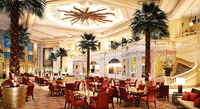

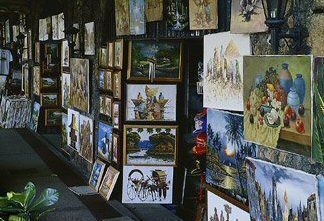

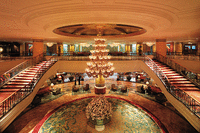
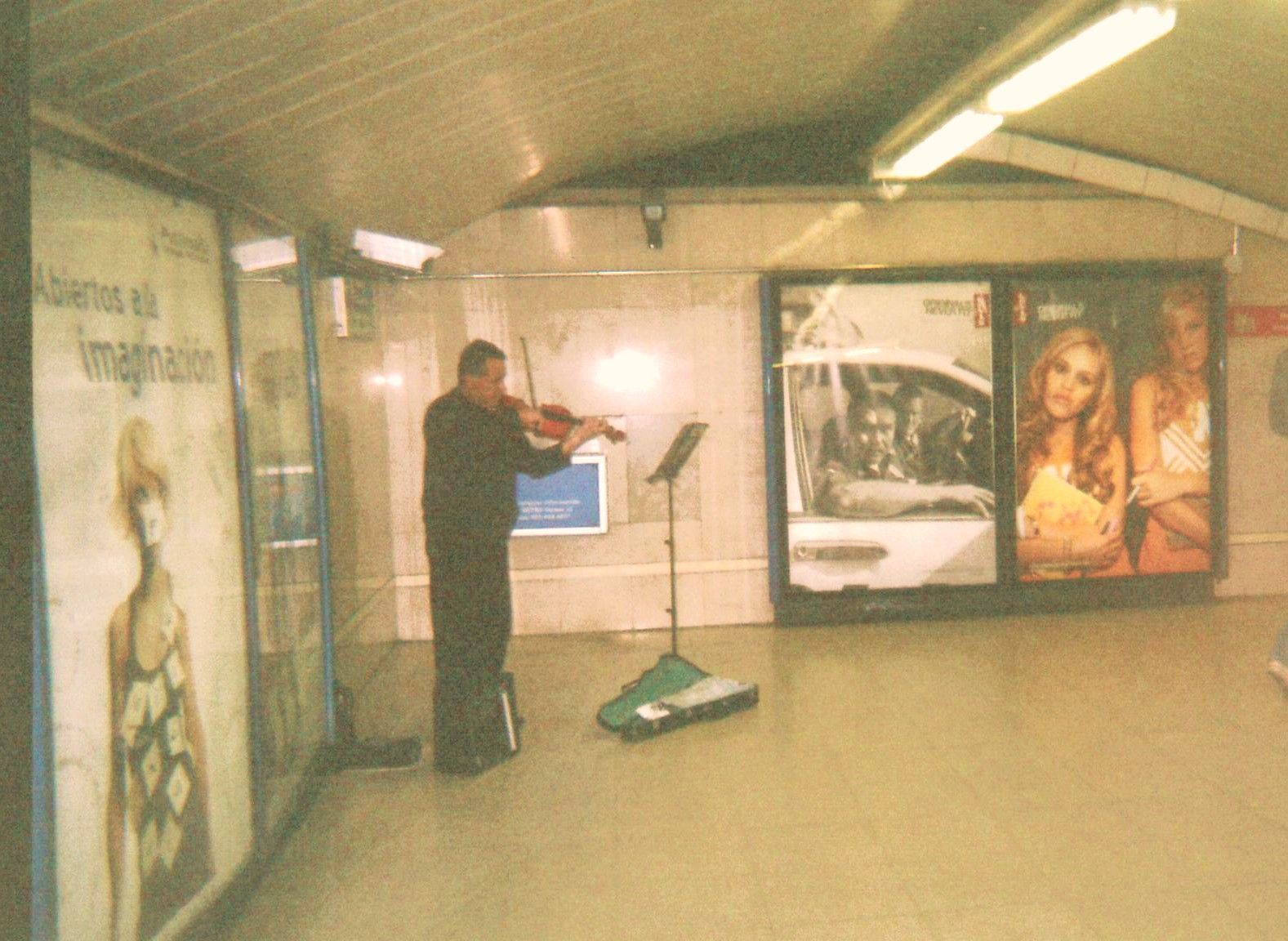
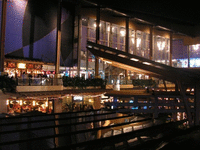
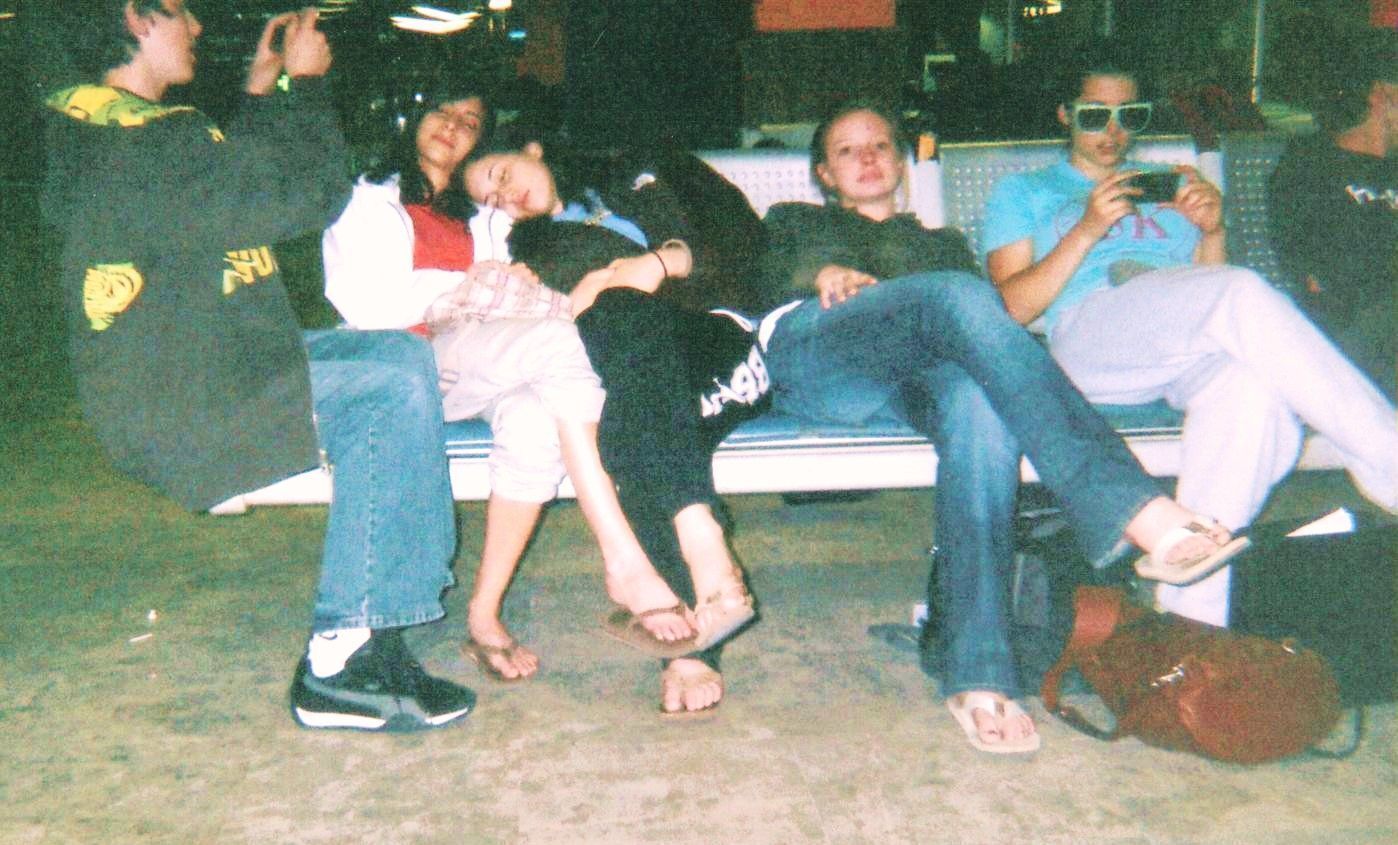
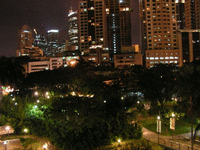
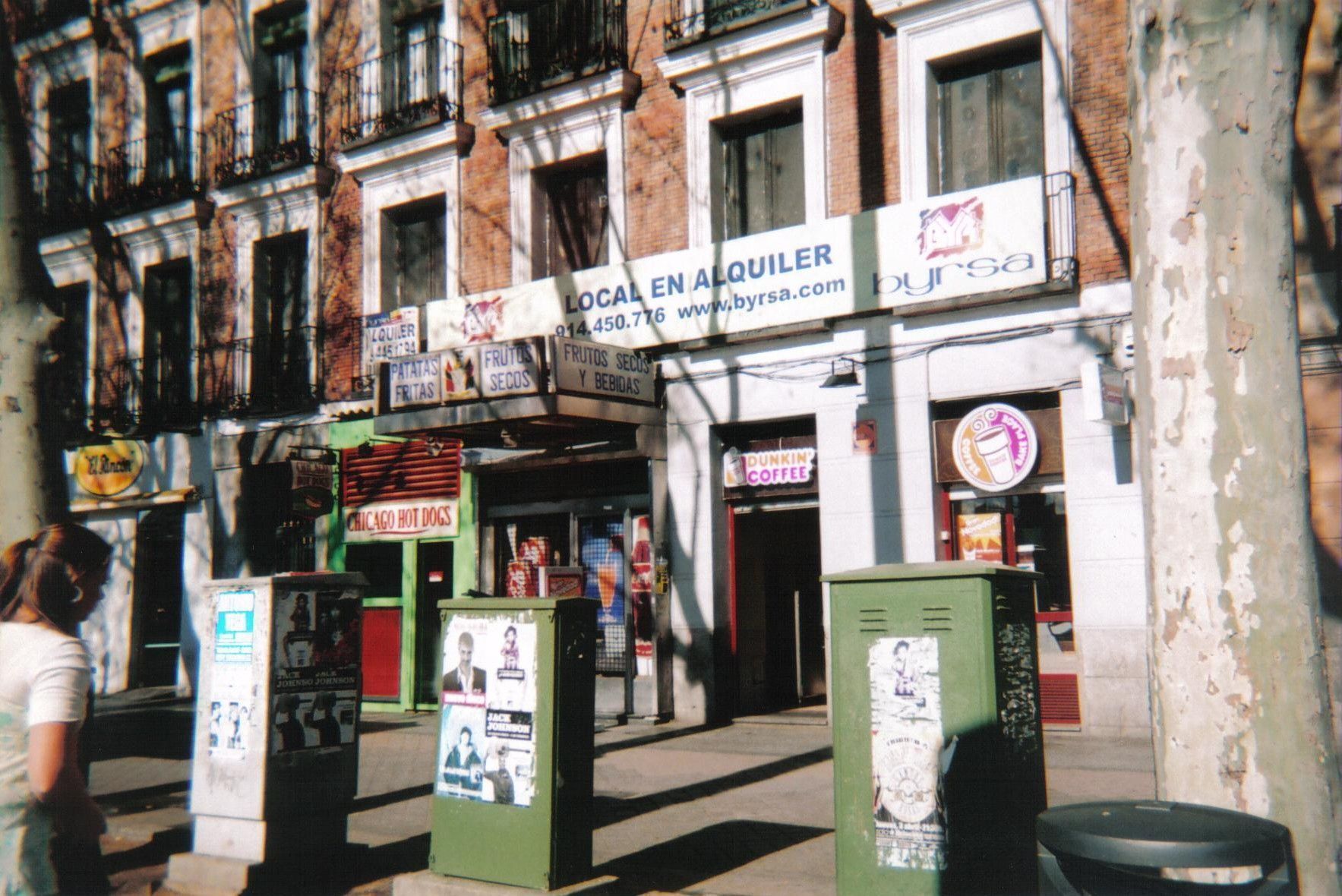
Thank you so much for the valuable information, you’ve made my research so much easier! This is the perfect blog for anyone who wants to know about this topic. This site will let you know more some places in Philippines http://www.bailerbin.com/bb/Philippines/ at http://www.bailerbin.com
Allyana
http://www.bailerbin.com
Thanks for your comments! We'd love to hear stories from other readers about how you're measuring impact.